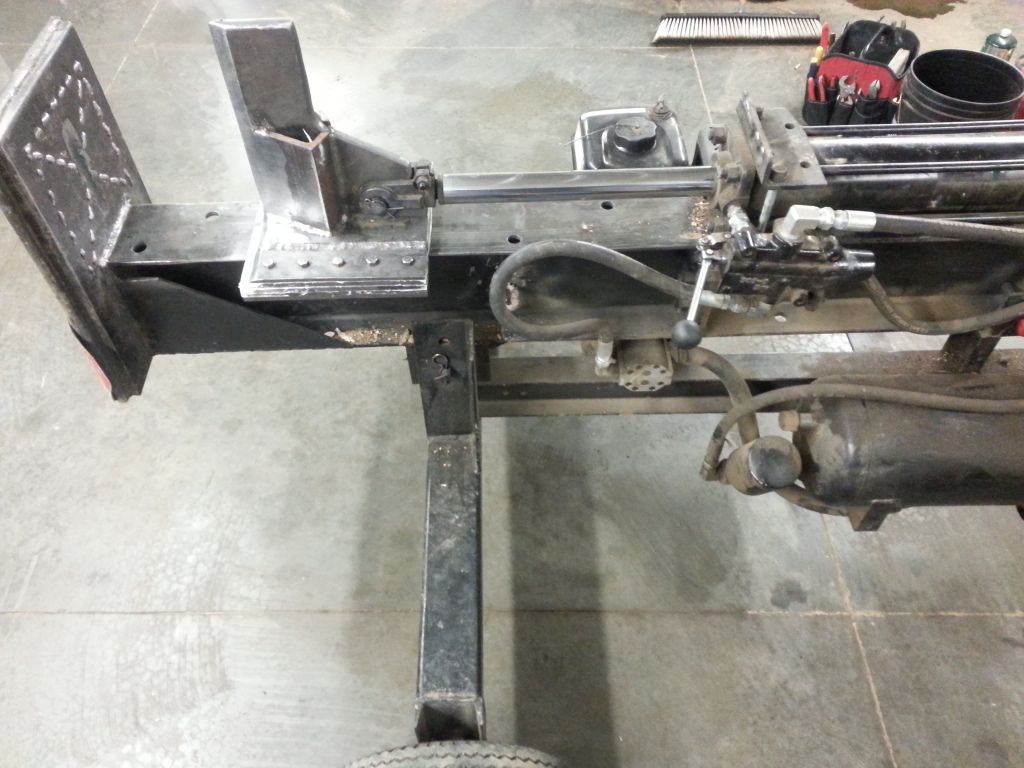torence 20
ArboristSite Operative
ok guys here is my question for you i have a iron and oak splitter and it does a great job couldnt be happier with its performance. its a vert/horizontal splitter so the plate is on the bottom and the wedge is pushed by the cylinder and on some of the bigger stringy stuff i split such as elm and hack berry it will split the round with ease but it wont split in half due to the stragglers on the opposite end of the split. so i want to add a 12" wedge to the top of my existing one now just bevel the edges and stack a few beads in there on each side and done this edge wont really do any splitting more so a severance edge. that being said should i set the new wedge back a half inch or so so the original wedge starts the split before the new one comes in contact with the wood? or will it be too much strain on the cylinder?







